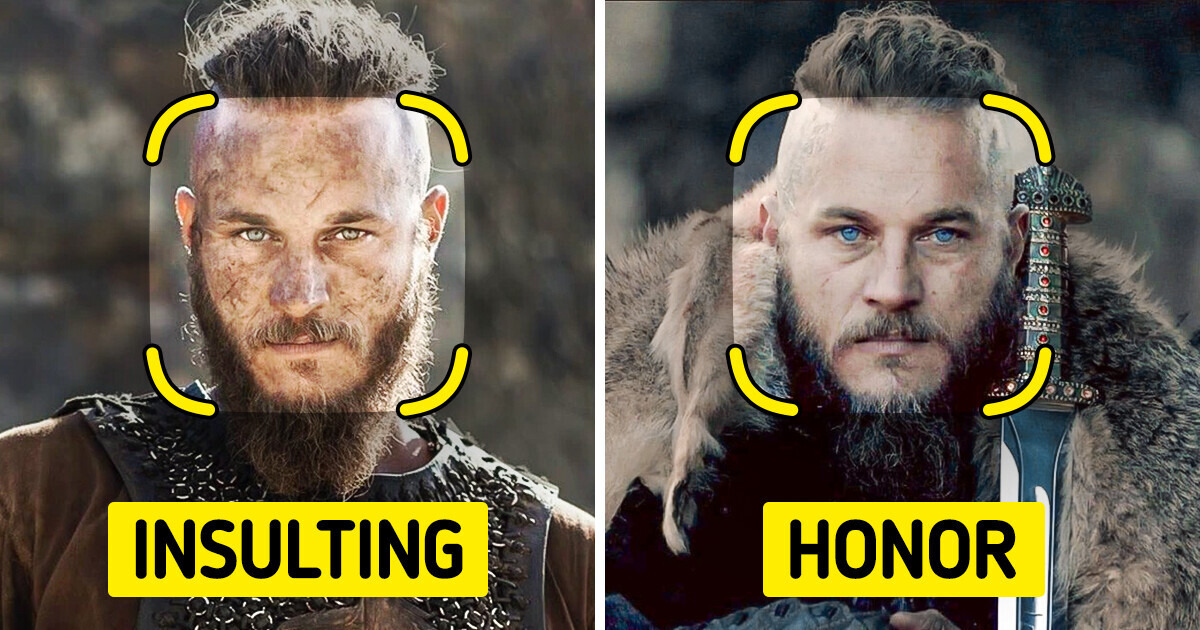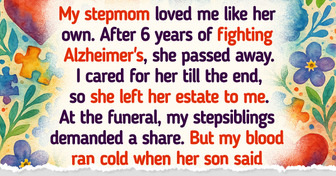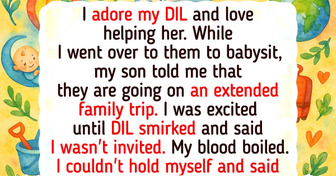14+ Sons Whose Handsomeness Can Outshine Their Celebrity Dads


We are used to seeing Vikings as they are portrayed in movies: unkempt, unwashed, and very harsh. However, in reality, they were perhaps the most well-groomed people of their time. Ancient Scandinavians loved to bathe, kept their clothes clean, and would not have minded visiting a barber shop if they had one.
Vikings were very attentive to hygiene and loved taking baths. In Iceland, they even had pools. The thing is, there are many geysers on the island, and settlers from Scandinavia learned to use them for their own benefit.
The famous Icelandic historian of the 12th century, Snorri Sturluson, built himself a pool with geothermal water from the hot spring of Skrifla. Soon, medieval Icelanders built many more of these pools. Archaeologists have found similar baths in many settlements.
Vikings bathed more frequently than most people living in the Middle Ages. According to numerous sources, they washed every morning, took care of their oral hygiene, and combed their hair. Most likely, they wiped their bodies with a sponge soaked in water from a basin. Serious washing took place on Saturdays. The name of this day of the week is translated from Scandinavian languages as “washing day.”
However, the quality of the water that the Vikings splashed around in was not always great. According to Ibn Fadlan, an Arab diplomat from the 10th century, all the men would wash themselves with the same water or bathe one after another.
For the Vikings, maintaining a neat appearance was a matter of honor, so the intentional dirtying, cutting of hair, or, for example, pushing someone into a puddle was considered a terrible insult.
The punishment for these actions toward anyone (except enemies, of course) was to be declared an outlaw. In the medieval Icelandic law code Grágás, it is stated that the most severe punishment should always be applied to anyone who intentionally disgraced someone by dirtying them.
The Vikings did not have modern bathrooms in their homes, as we are accustomed to today. However, in a large house, there was a shared toilet under which channels were laid for the disposal of waste into cesspits.
The Vikings gathered moss in the dense forests surrounding their settlements and used it as toilet paper.
Scientists have found that, despite their love of cleanliness, Vikings had many parasites living in their bodies. The reason for this is that during the cold months, Scandinavians brought their livestock into their homes to keep them from freezing. In other words, their goats and sheep lived with them as if they were cats and dogs.
Archaeologists have found samples of fabric with metal fasteners and circular pieces of metal in Sweden. At first, they thought that women used these discs to protect their shoulders when carrying heavy loads. But soon, they concluded that they were part of the bras worn by Viking women.
In movies and TV shows about Vikings, they are often depicted with long and unkempt beards. But according to historians, most ancient Scandinavians took care of their facial hair. They used combs, razors, and even tweezers for this purpose. In every village, there was an experienced craftsman who made combs.
Vikings considered a man with a thick and lush beard to be more mature and masculine. There are several medieval writings where Vikings without facial hair were ridiculed.
Vikings did not eat with their hands, as is often depicted in movies — they used spoons and knives. Spoons, like tableware, were made of wood, while knives were made of metal. The ancient Scandinavians always kept these utensils with them. They wore them on a string around their necks or attached them to their belts.
Movies often take creative liberties and diverge from reality, because a faithful, literal portrayal of the real world may not be as captivating or thrilling for audiences. However, sometimes we can’t help but notice these deviations.











